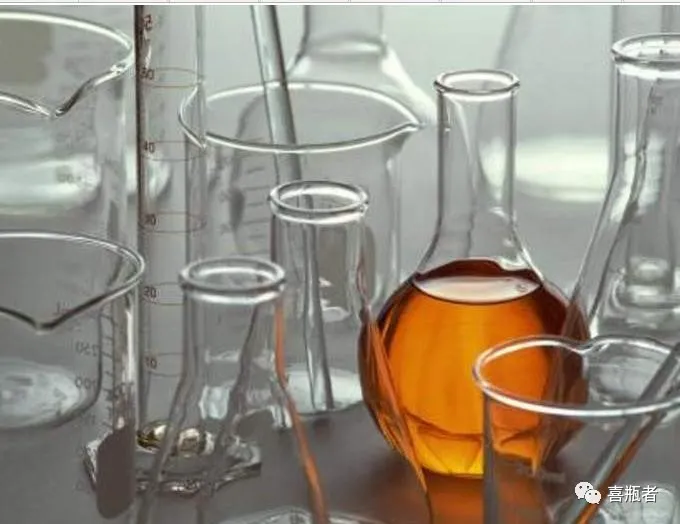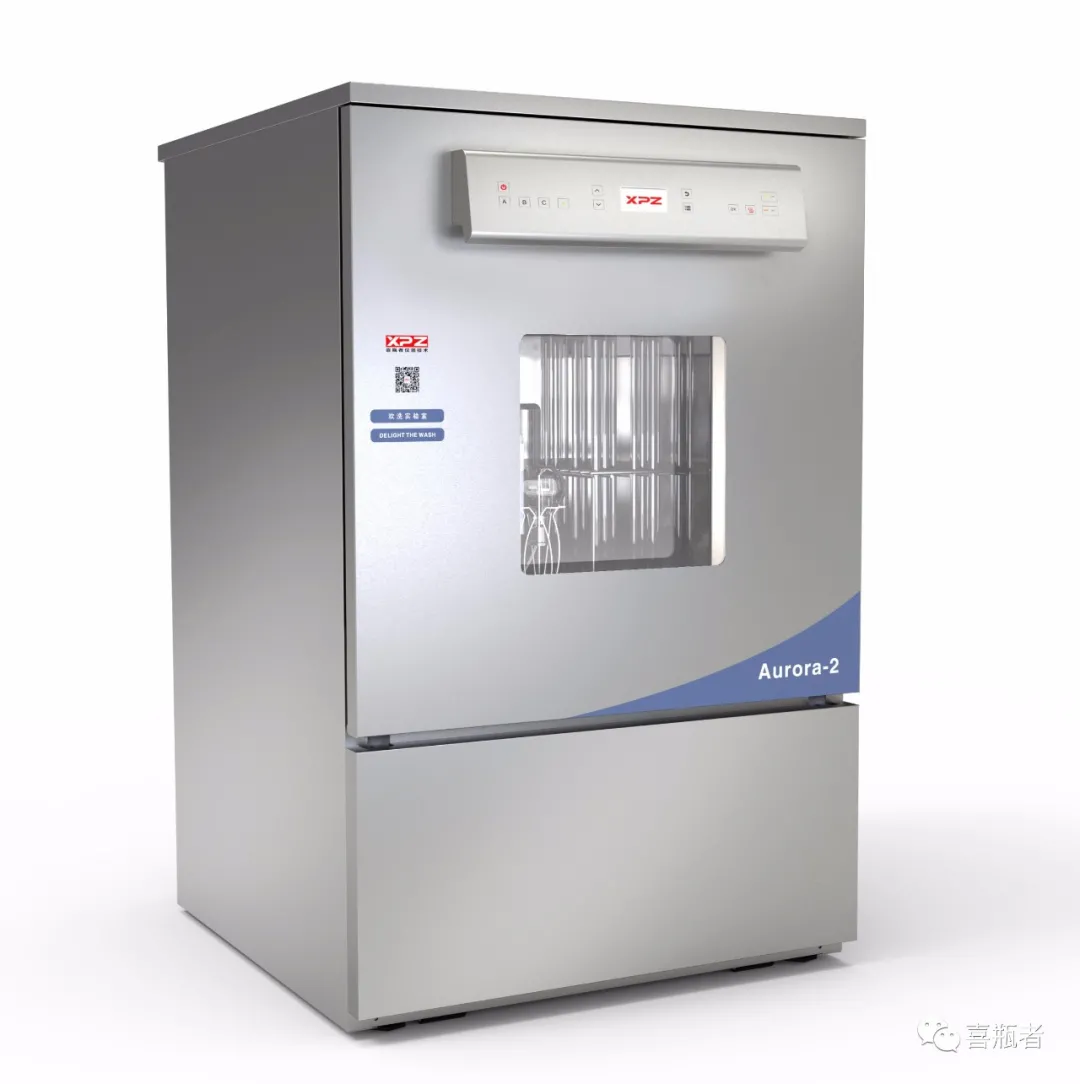Cleaning glassware has always been a daily task in the laboratory. For different residues after the test, the cleaning steps, cleaning methods, and the amount of lotion are also different, which makes many new experimenters feel headache.
So how can we clean the glass bottles as quickly as possible under the premise of ensuring cleanliness?

First of all, we have to understand what kind of glassware is cleaned?
The sign of a clean bottle is that the water attached to the inner wall of the glass bottle neither gathers into water droplets nor flows down in a stream, or forms a uniform water film on the inner wall.
Cover the surface of the glass instrument with clear water. If the clear water can form a film and adhere to the glass surface more uniformly, and will neither condense nor flow down, then the surface of the glass instrument is clean.
Then there will be two situations at this time. Some people will repeatedly clean the used glass bottles until they reach the above-mentioned cleaning standards. However, they need to be cleaned several times and depend on the degree of pollution. In this case, it is extremely wasteful. The time and energy of the experimenter.
Other people use a simple way to rinse off the visible attachments on the glass bottles and dishes. It does not a matter whether the bottles and dishes meet the cleaning standards. In this case, some unwashed bottles and dishes are very likely to cause errors in the next experiment. Produce even the failure of the experiment.
The following editor briefly lists several cleaning methods for bottles and dishes that meet the cleaning standards, and the time-consuming and labor-intensive level can be seen.
1. How to wash new glassware: newly purchased glass bottles and dishes contain more free alkali, so they should be soaked in acid solution for several hours and then soaked in neutral detergent water for more than 20 minutes. After thorough washing, use normal water Rinse the detergent until there is no foam, then rinse 3~5 times, and finally rinse 3~5 times with distilled water.
2. How to wash used glass bottles and dishes:
(1) Test tubes, petri dishes, flasks, beakers, etc. can be cleaned with a bottle brush with detergent (washing powder or decontamination powder, etc.), and then rinsed with tap water. However, the washing powder or decontamination powder is often on the wall during use. A layer of tiny particles is attached to it, and it is often washed with water more than 10 times, and finally dried.
(2) The petri dishes with solids should be scraped off before washing. The dishes with bacteria should be soaked in disinfectant for 24 hours or boiled for 0.5 hours before washing, and then washed with tap water and rinsed with distilled water. Drying is performed more than three times.
(3) To clean the volumetric flask, first wash it with tap water several times. After the water is poured out, there is no water droplets on the inner wall. You can wash it with distilled water for three times and then set it aside. Otherwise, it needs to be washed with chromic acid lotion. Then rinse the volumetric flask and the stopper with tap water, shake and wash three times with distilled water after washing.
The above editor has listed a few more common or simple to clean bottles and dishes, and their cleaning also takes a lot of time and energy.
So how do major laboratories solve this pressing problem? Or choose to use time-consuming and labor-intensive manual cleaning? of course not! Now more and more laboratories are beginning to use automatic glassware washer, and the era of laboratory glassware washer instead of manual cleaning has begun.

So what are the aspects of the automatic glassware washer that can replace manual cleaning?
1. High degree of full automation. It only takes two steps to clean a batch of bottles and dishes: Put the bottles and dishes-one-click to start the cleaning program (and contains 35 standard programs and manually editable custom programs to meet the needs of most laboratory customers). Automation frees the hands of experimenters.
2. High cleaning efficiency (Lab Washing Machine batch work, repeated cleaning process), low bottle breaking rate (adaptive adjustment to water flow pressure, internal temperature, etc.), wide versatility (accommodating a variety of sizes and shapes of test tubes, Petri dishes, volumetric flasks, conical flasks, graduated cylinders, etc.)
3. High safety and reliability, pre-installed imported explosion-proof safety water inlet pipe, pressure and temperature resistance, not easy to scale, with anti-leakage monitoring valve, the instrument will automatically close when the solenoid valve fails.
4. High level of intelligence. Important data such as conductivity, TOC, lotion concentration, etc. can be presented in real time, which is convenient for relevant personnel to monitor and master the cleaning progress and connect the system to print and save, which provides convenience for later traceability.
Media Contact
Company Name: Hangzhou Xipingzhe Instruments Technology Co., Ltd.
Contact Person: Media Relations
Email: Send Email
Phone: +86 17767179895
Country: China
Website: https://www.laboratorywasher.com/
